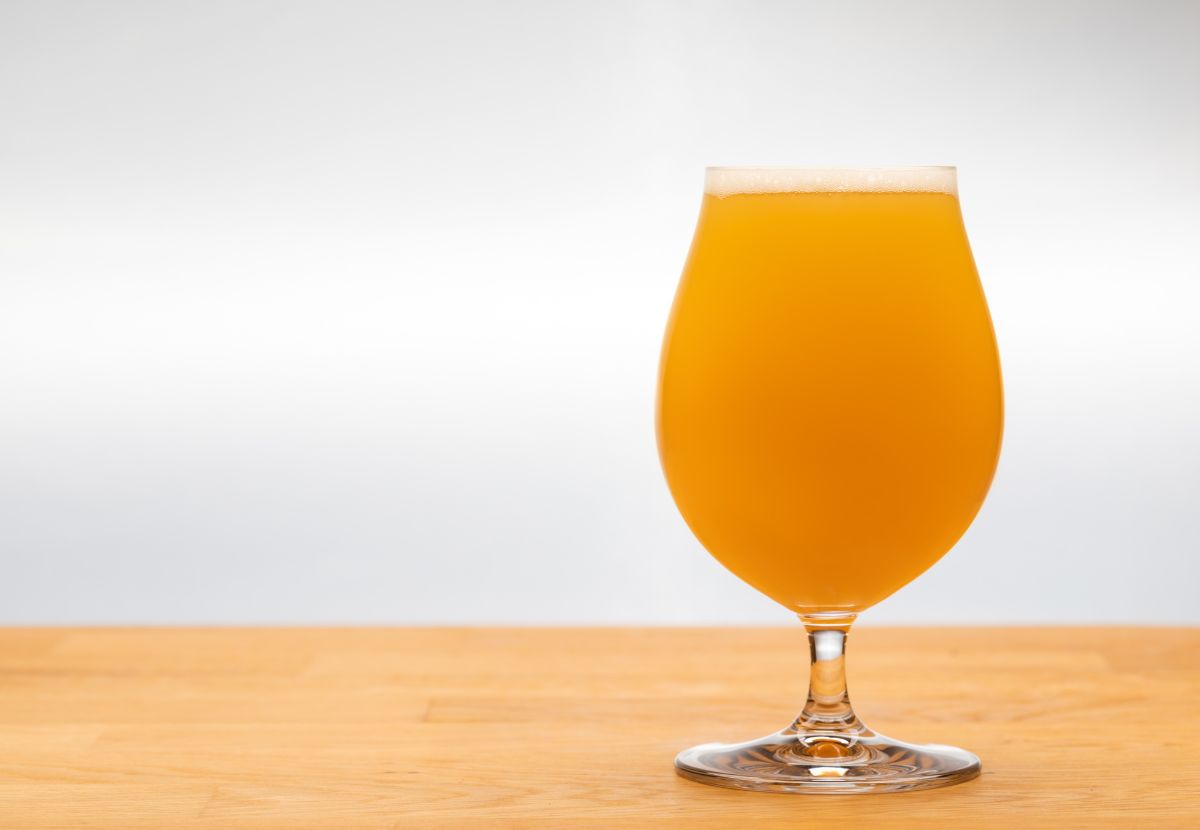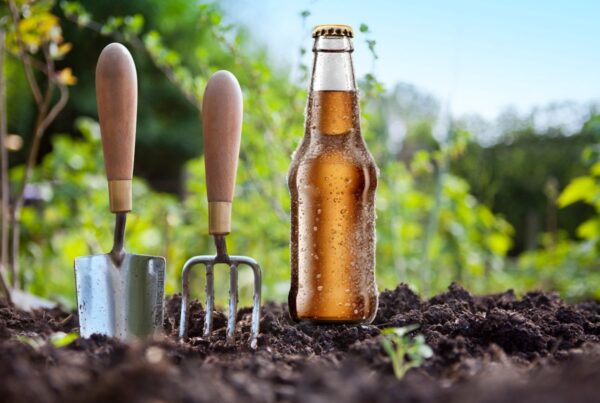Why is My Home Brewed Beer Cloudy?
So—you’ve ventured into the world of home brewing. You’ve mixed, fermented, and bottled. Then, with the same blend of excitement and nervousness that a parent feels watching their child perform in a school play, you uncap that very first bottle of your home brewed creation…
…only to find that your homemade beer is cloudier than a Seattle winter.
Yes, your beer has achieved a level of opacity that could rival the fog rolling in over Puget Sound on a December morning.
Fear not, future brewmaster. In this article, we’ll explore the common reasons why your home brewed beer might sport that murky look and discuss practical steps you can take to clear things up.
Yeast: The Usual Suspect
Whether you make your own beer at home with a kit or have a larger, more advanced homebrewing setup, one of the most frequent reasons homemade beer turns out cloudy is due to yeast. Here’s what happens:
- Yeast ferments the sugars to create alcohol and carbon dioxide.
- Some yeast will remain suspended in the beer, causing cloudiness.
- Eventually, the yeast will flocculate (yup, that’s a real word), meaning they’ll clump together and settle at the bottom.
At actual breweries, a variety of methods may be used to remove excess yeast. Centrifuges, diatomaceous earth filters, and advanced membrane filtration systems are just a few examples of the high-tech solutions commercial brewers have at their disposal to separate yeast from the beer effectively.
However, when you make beer at home with a kit, you might not have the luxury of sophisticated filtration systems. Chances are you don’t have a centrifuge sitting next to your refrigerator—or a commercial-grade filter installed in your garage.
So, while the pros have the means to achieve near-perfect clarity, many home brewers have to rely on simpler methods like time, gravity, and perhaps some basic clarifying agents to encourage the yeast to settle. We’ll touch on all of these later on in the article.
Proteins
Besides yeast, proteins (i.e. barley proteins) can also play a role in clouding your beer. These come from the grains you use and might interact with other elements in your brew. Excess proteins can cause a “chill haze” when your beer gets cold, but may become less visible at room temperature.
The Solution to “Fixing” Cloudy Beer
Sometimes, patience is the best beer “clarifying agent.” In both ales and lagers, yeast and proteins tend to naturally settle to the bottom of the bottle (or fermenting vessel).
- Ales typically clear up somewhat after a week in the fridge.
- Lagers may need more time; often up to several weeks.
Other Tips for a Clearer Brew
If you’re having problems with stubborn cloudiness, or you just don’t like waiting, consider these options:
Secondary Fermentation
Transferring your beer to a secondary fermenter can help separate the liquid from the sediment, leading to a clearer final product.
Cold Crashing
Cooling your brew rapidly can force yeast and proteins to flocculate faster. The sudden decrease in temperature encourages yeast and other particles to clump together and settle at the bottom of the fermenter, resulting in clearer beer.
Use of Clarifying Agents
There are substances available like isinglass and gelatin that can help to clear up your beer. Isinglass is derived from fish swim bladders and is often used in commercial brewing. Gelatin is also an animal-based product, and it can be easily found in most grocery stores.
However, as always with any shortcut, there are some considerations:
- Some people may have allergies to fish or gelatin, so if you plan on sharing your beer, it’s a good idea to let people know you’ve used these agents.
- Both isinglass and gelatin are animal-derived, so they’re not suitable for vegetarians or vegans.
While these two beer clarifying agents are widely used, it’s important to exercise caution and be aware of potential issues like allergies or dietary restrictions among those who might consume the beer.
Also, consider that the last thing your beer-drinking buddies want to hear about is how your latest batch was cleared up thanks to fish swim bladders. As you know, nothing kills a party vibe faster than an unsolicited fish anatomy lesson. (All kidding aside, if you’re using any kind additives in your homemade beer, it’s always best to give anyone who might drink it a heads-up.)
The Refrigerator Test: A Final Check for Clarity
After your home brewed ale has been bottled and allowed to carbonate, it’s a good idea to test its clarity with a little help from your fridge. Here’s how:
- Place a few bottles in the refrigerator and let them chill for several days or weeks.
- When you think it’s time, remove a bottle carefully. Avoid shaking or inverting it.
- Hold the bottle up to a strong light source. Is the light shining through clearly, or does the beer still look hazy?
- Observe the bottom for sediment. If you see a layer, it’s likely residual yeast or proteins.
- Open a bottle. Listen for that satisfying “pssht” sound to ensure it’s properly carbonated.
- Pour the beer into a transparent glass, but leave out the last ounce or so to avoid unsettling the sediment.
- Take note of the head formation and any persistent cloudiness.
Remember, cloudiness often comes from residual yeast, and that’s totally normal. Yeast can contribute to a hazy appearance, but it’s not necessarily an indicator of bad beer.
In fact, many craft beers and traditional beer styles embrace the haze. So don’t sweat the small stuff (in this case, microscopic yeast).
How Much Does Cloudiness in Beer Actually Matter?
It’s common for the appearance of cloudiness in beer to be due to unsettled yeast or proteins. While this is usually not a cause for concern, always exercise caution and follow all recommended brewing guidelines to ensure the safety of your homebrew.
That said, unless you’re entering a home beer brewing competition, the cloudiness of your beer is usually an aesthetic concern. In other words, “fixing cloudy beer” is primarily a matter of changing its appearance.
You have several options to clarify your beer, from simply waiting it out to using clarifying agents. At the end of the day, though, the clarity of your beer is less important than its taste.
The most important question is: Does it taste good? If yes, you’ve succeeded.






